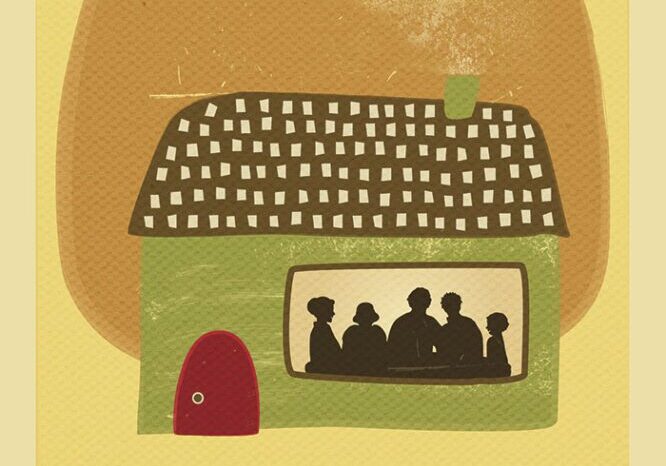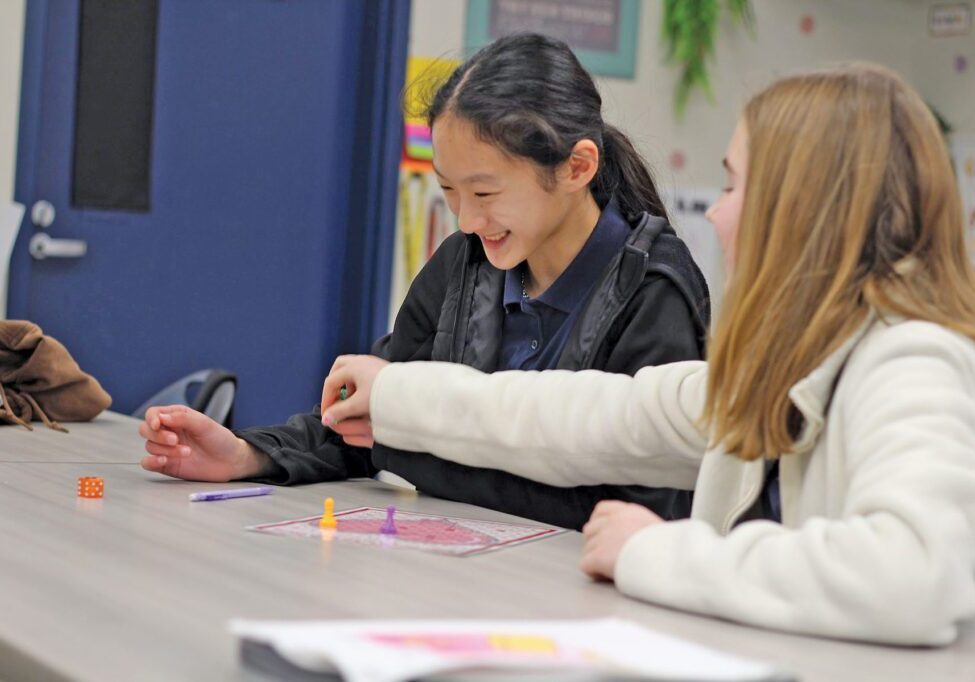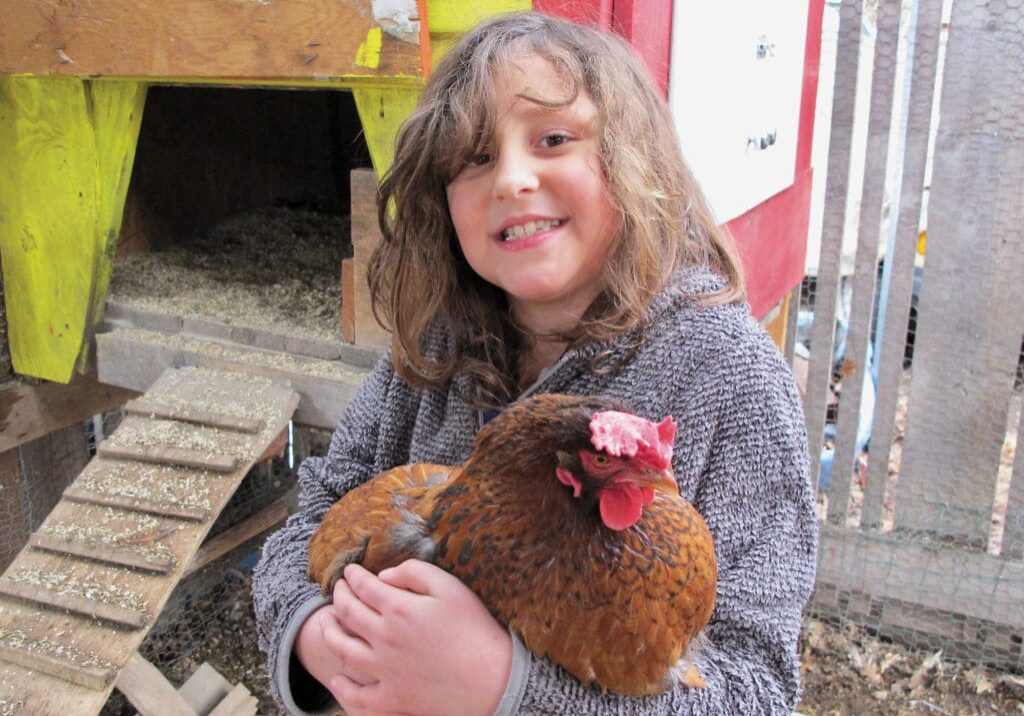Working with a child as he learns a new skill can be a rewarding experience for a parent or teacher. It can also be one filled with unexpected challenges, requiring every ounce of patience and creativity. Sometimes, we need to step back and ask, “What is causing this unexpected struggle? Why are my directions and guidance not leading him to success?”
Learning a new skill requires a number of critical elements. One of these is working memory. Working memory is a person’s mental workspace, where information is briefly held and manipulated. Working memory size can vary greatly; the greater a person’s working memory capacity, the more easily he will learn new things. According to research psychologists Dr. Susan Gathercole and Dr. Tracy Alloway, “Working memory is a pure measure of a learner’s potential.”
Alloway is an expert in working memory and author of multiple books on the topic. She explains that working memory is a system of three linked components in the brain: the verbal short-term memory area, the visuospatial area, and the central executive area.
An example of a verbal short-term memory task would be remembering a phone number without writing it down. A visuospatial short-term memory task would be using a printed map to navigate through an unfamiliar city. The central executive area works to coordinate both the verbal and spatial areas. An example of this coordination would be listening to a string of unrelated numbers (such as 3, 8, 1, 4, 9) then reciting them in reverse order.
Most U.S. schools do not routinely screen for working memory issues. In Working Memory and Learning – A Practical Guide for Teachers, which Alloway co-wrote with Gathercole, the authors explain, “Teachers’ awareness of working memory deficits in the classroom is quite low. Teachers often think that the students are unmotivated or daydreaming.”
 Children with low working memory ability may show characteristics such as short attention span, inability to screen out distractions, and may become easily frustrated by multi-step activities. They are often described as bright, but just can’t keep up with their peers. A parent may notice their child’s difficulty with following more than one direction, an inability to multi-task, and the appearance of not listening. Certainly, many children without working memory problems may share one or two of these characteristics, but clusters of symptoms may indicate a working memory issue.
Children with low working memory ability may show characteristics such as short attention span, inability to screen out distractions, and may become easily frustrated by multi-step activities. They are often described as bright, but just can’t keep up with their peers. A parent may notice their child’s difficulty with following more than one direction, an inability to multi-task, and the appearance of not listening. Certainly, many children without working memory problems may share one or two of these characteristics, but clusters of symptoms may indicate a working memory issue.
If a working memory issue is suspected, take action. Consider requesting a special education assessment from your public school, or arrange for a private assessment with a professional who uses a working memory assessment tool that targets both visual and auditory working memory.
When a working memory weakness is identified, often a parent asks, “Why is my child having this problem?” Leading working memory expert Dr. Alan Baddeley explains that weaknesses can be either inherited or acquired. Weaknesses often run in families, so if a parent experienced a working memory struggle, his or her child may experience a similar struggle.
There are a number of activities that can be done with a child that will help strengthen working memory by boosting his or her ability to briefly hold and manipulate new information. Consider building a working memory “tool kit” – fill it with card games (Go-Fish, Uno, Crazy 8s, Old Maid, War), board games (Simon, Memory, Sequence, Story Cubes), puzzles, and I-Spy books. Use low-cost computer- based software that specifically targets working memory development. Alloway recommends a subscription-based online program called Jungle Memory for 7-16 year olds (http://www.junglememory.com). There are also a number of free to low-cost apps available as well (such as Memorise, designed by Neurogame Ltd.).
In addition, try practicing these four simple but very effective strategies for supporting a low working memory:
- Ask for help when information is forgotten
- Repeat verbal information out loud or silently
- Chunk information together mentally for easier recall
- Take notes to visually commit new information to memory (using notebooks, sticky notes, smart phone tools)
Understanding the cause of a child’s struggle allows parents and teachers to design a more effective approach to help that child learn with success. With proper identification, new skills and strategies, and loving support, working memory can be strengthened, allowing each child to reach his or her greatest potential.
RESOURCES
- Tracy Alloway, PhD: Offers books, assessment tools and information about working memory.
http://www.tracyalloway.com - ABBA’s Child: Located in Shasta County, Judith D’Amico, MA, offers working memory assessments.
http://www.abbaschild.com - Thompson Reading Clinic: Located in Shasta County, Darcy Thompson, MA, SpEd, offers working memory assessments including the AWMA tool. http://www.thompsonreadingclinic.com
- Brislain Learning Center: Located in Chico, Dr. Judy Brislain, EdD, and David Graham, MA, offer diagnostic testing. http://www.brislainlearningcenter.com
Or contact your local public school system for assistance.
Comment Policy: All viewpoints are welcome, but comments should remain relevant. Personal attacks, profanity, and aggressive behavior are not allowed. No spam, advertising, or promoting of products/services. Please, only use your real name and limit the amount of links submitted in your comment.
You Might Also Like...

Life Talks: A Guide to Bringing Back Conversation
I don’t know about you, but once the candles are blown out, the leftovers are safely in the fridge, and I have changed into sweat pants (the expandable type), I tend […]
Tearing Up The Track: BMX Racing is Competitive Fun
When BMX racers Evan Enserro and Samantha Heil close their eyes, they dream of the roar of the crowd as they compete in worldwide events, such as the BMX World […]

Three Schools, Three Curricula, One Goal: Empowering Children Through Language Immersion and Enrichment
Research supports learning a second language very early in childhood for long term proficiency. Strong social connections, greater cultural awareness and better overall academic performance, especially in reading, are commonly […]

Animals Offer Lifelong Rewards For Children
In these isolating times of quarantine our children are missing social connection, school contacts and fun outdoor activities. Interactive imagination, communication and companion play is increasingly more precious for our […]



